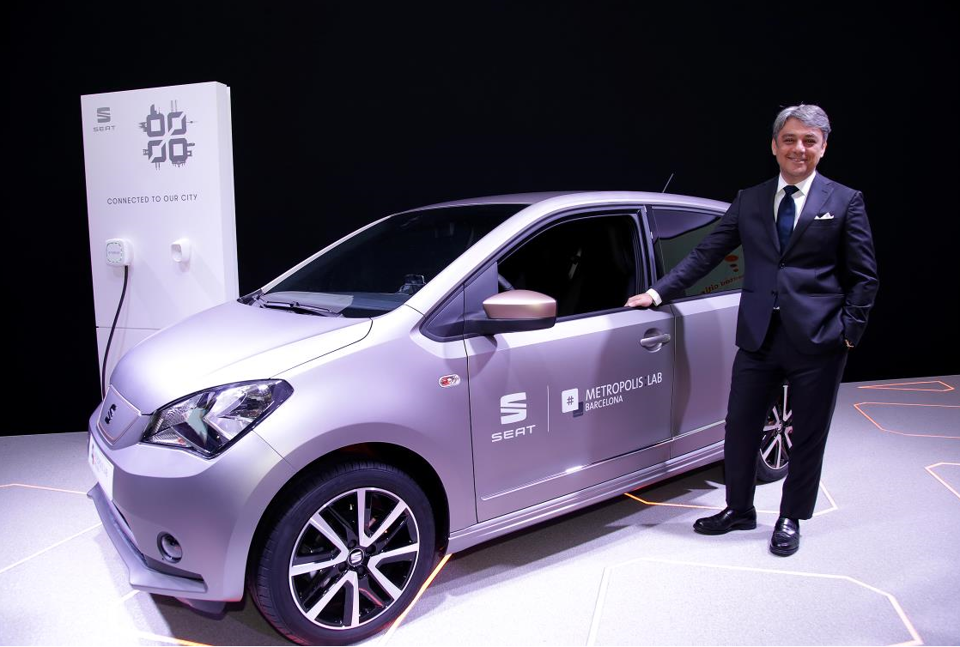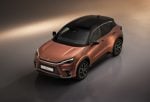Seat has revealed its vision of ‘connected’ features available in its cars in 2018-19.
At the Mobile World Congress in Barcelona real time traffic forecasts, en-route recommendations (restaurants, shops, services etc) and suggestions depending on driver schedule changes are some of the innovations presented by Seat.
Seat president Luca de Meo (pictured) presented the company’s main developments today in connectivity, and announced that the brand’s vehicles will be equipped with these innovations between 2018 and 2019.
“Seat’s goal is to make progress and become a leader in technologies which enable us to offer an experience that is easy, connected and customised; technologies such as the ones we are presenting today and expect to include in our models beginning in 2018-2019,” de Meo said.
Of the three future ‘megatrends’ in the automotive industry (electrification, autonomous car and connected cars), Seat, he said, is committed to connectivity “to position itself for the challenges it faces in upcoming years”.
“Seat wants to become a front-runner in vehicle connectivity, and to achieve this the brand is creating a digital ecosystem to customise and enhance the user experience.”
Among the technologies he presented relating to on-demand functions is an extended concept of predictive navigation which predicts traffic jams before they happen and suggests alternative routes.
“We spend an average of 2.5 years of our lives at the wheel, and during rush hour in Barcelona, driving time can go up by 50%.
“Predictive navigation can help solve this problem, but navigation systems don’t know this yet”, said de Meo.
The systems that the company is working on will cross-reference traffic data in real-time with factors such as school opening and closing times, forecasted traffic when major events are held or weather conditions.
“Until these functions become a reality, we are launching the Seat Dongle, which will be on the market in the second half of the year.”
The dongle is a device which enables vehicles that are not adapted to support digital technologies, such as the ones already on the road, to access latest generation connectivity services.
The dongle securely takes data from the car and sends it to a smartphone to be able to interact with the vehicle via an app.

















Login to comment
Comments
No comments have been made yet.